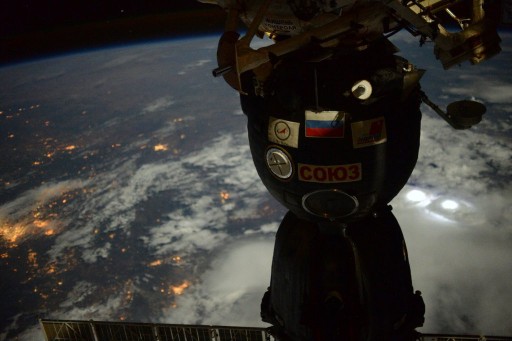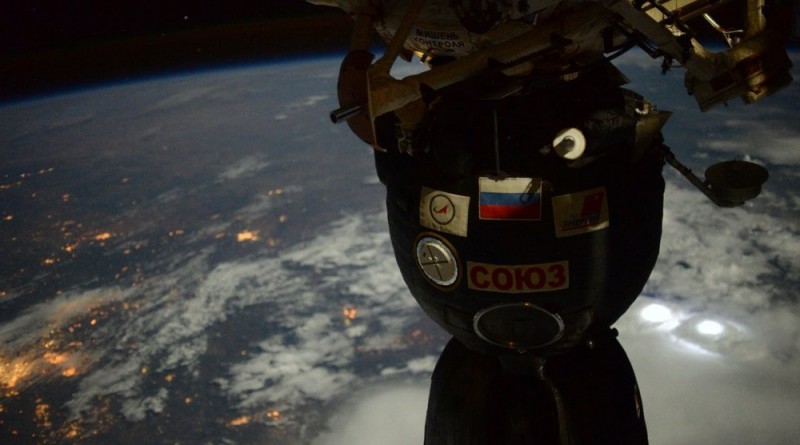ISS Operations Update – March 16, 2016

Dose Tracker [Dose Tracker uses logs kept by crew members on the frequency of medication intake before, during and after a mission also with regards to side effect qualities frequencies and severities. This data is needed to address theories of medication ineffectiveness during flight and unusual side effects experienced in the flight environment.]
Ocular Health – Fundoscope Measurements [OH is a human physiology study. Its full name is Prospective Observational Study of Ocular Health in ISS Crews. “The Prospective Observational Study of Ocular Health in ISS Crews (Ocular Health) protocol aims to systematically gather physiological data to characterize the Risk of Microgravity-Induced Visual Impairment/Intracranial Pressure on crewmembers assigned to a 6 month ISS increment,” the NASA experiment overview said. It is known that some (not all) astronauts in orbit experience changes in visual acuity (visual clarity) and intraocular pressure as a result of fluid shifts within the body as it is subjected to microgravity. About 20% is astronauts flying to ISS have reported these kinds of changes. Test subjects will undergo pre-flight, flight and post-flight testing of their eyes using a variety of techniques.]
Identification – Micro-Accelerometer Data Download [The Identification Payload records structural dynamics data inside the individual modules of the Russian Segment to provide structural data to improve spacecraft design.]
Interactions Experiment [‘Vzaimodeistviye’ (Interactions) looks at psychological aspects of long duration space flight during which different cultures come together aboard a Spacecraft such as ISS and seeks to improve crew interactions aboard ISS and with teams on the ground.]
Cygnus OA-6: Robotics Training, Offset Grapple Exercises
Dextre: Arm 2 shoulder yaw test
Tweets from Space:
#Honolulu #Hawaii — beautiful and historic city. @Space_Station #CitiesfromSpace pic.twitter.com/aW2gCmNP0X
— Tim Kopra (@astro_tim) March 16, 2016
Passing over a large storm off Mozambique – we often see lightning reflected in the solar panels. pic.twitter.com/r4ejEf9K49
— Tim Peake (@astro_timpeake) March 16, 2016
People of #Delhi #India are already asleep. #GoodNight from @Space_Station. #CitiesfromSpace pic.twitter.com/cnypSMzYZE
— Tim Kopra (@astro_tim) March 16, 2016
Hey @astro_pi_ir why don't you show us some of the Earth images you've been taking? https://t.co/RhVrspw4LJ pic.twitter.com/rBWjwJF8nZ
— Tim Peake (@astro_timpeake) March 16, 2016
Gateway to the #Mediterranean. #Principia https://t.co/Q9NdbkaoE3 pic.twitter.com/BxXmTWSwPP
— Tim Peake (@astro_timpeake) March 16, 2016

